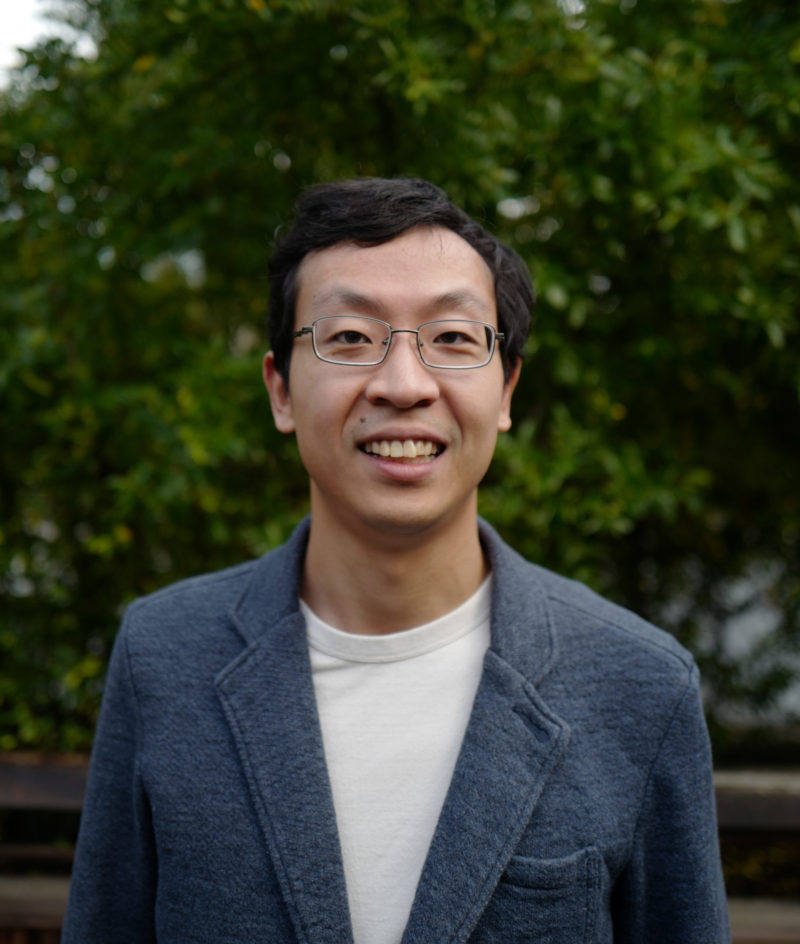

Longzhi Tan
Assistant Professor, Neurobiology
B.Sc., Massachusetts Institute of Technology
Ph.D., Harvard University
How do cells in our body develop highly specialized functions, and how do they degenerate as we age? Genome architecture—the 3D folding of 2 meters of DNA into a 10-μm nucleus to control gene expression—plays a critical role in both normal physiology and many diseases. To measure this structure, we built an optics-free “microscope” that uses DNA sequencing to measure pairwise distances between molecules, solving the first 3D structure of the human genome and discovering highly specialized genome architecture across the body (brain, nose, eye, blood, etc.) and across the life span. Most notably, we demonstrated 3D genome “structure typing” —just by looking at a cell’s DNA structure, one can tell what type of cell it is. We also found that these intricate structures drive neurodevelopment and change progressively over around 100 years. The Tan Lab’s work, therefore, reveals a new physical dimension of development and aging.